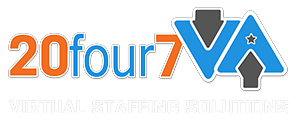Top Virtual Assistant Tools 101: Part 5 – Time and Activity Tracking Tools
With many of the world’s employees doing remote work, organizations are adopting new ways to keep track of their time and activities. Time tracking tools ensure that tasks are completed within a reasonable timeframe. These software types provide insight into how much time is spent on projects and tell managers or business owners how much resources are required in human resources or funds.
What are Activity and Time Tracking Tools?
Time and activity tracking software are tools that are useful for recording employees’ time. They help businesses see what their employees are doing at work. The number of accrued hours can serve as a basis for client invoices for staff or freelancers working on a per-hour basis.
Time and activity tracking tools have several significant features, which include:
-
Time and Attendance Entry
This is the main feature of this type of software. The introduction of remote work and computers has rendered paper timesheets obsolete even though they were once the simplest way to track time. Most time and activity tracking tools have remote clock-in options so workers can sign in using a browser or a mobile device.
-
Digital Timesheet
All the recorded hours are added to an online timesheet. The digital timesheet should have all the things found in its paper counterpart, including clock in or out hours, breaks, absences, holidays, and time-offs. Some tools have daily timesheets where employees need to submit an EOD report to indicate how many hours they worked that day.
-
Online Invoicing
Preparing the payroll can be challenging, especially when a business has dozens or hundreds of employees. The digital invoicing feature is helpful for accurately keeping track of and generating billing based on rates and billable times. Advanced features may include automatic wage calculators that help streamline the process and save time.
-
Project Management
Some time-tracking tools can integrate with project management systems. The project management feature gives an accurate view of a particular task or project on a daily, weekly, or monthly basis. It can also track several projects for different employees.
-
Reporting and Analytics
Time reports are invaluable for the future workflow and processes of the business. The analytics will help identify weak points and areas that need to be improved to bolster productivity. Additionally, reports come in handy for team performance reviews, efficient and accurate project estimation, and work distribution issues.
Benefits of Time Tracking Tools
They say time is money, and for businesses, this is often too true. When employees are underperforming, companies cannot operate as they should, and revenue falls. However, underperformance may not always be the employee’s fault.
Poor employee performance can sometimes result from an excessive workload, unclear goals, or a lack of resources needed to perform the required tasks. While businesses may not be able to do much about an employee’s personal problems (aside from providing support and a performance plan), managers can optimize systems to help employees achieve goals and expectations. The first step to helping employees achieve their goals at work is to have a clear view of how they are managing time and progressing on their tasks.
Here are some of the benefits of time and activity tracking tools:
-
Employees Focus Better
It is easy to get overwhelmed when several tasks need to be done at the same time. Multi-tasking is a learned skill, but it is not for everyone. With a time and activity tracking tool, employees can perform tasks one at a time and map out what needs to be prioritized. By monitoring how much time each task takes, employees can manage workload fluctuations better and ensure that they take proper breaks. Resting is essential to staying productive, after all.
-
Improved Tracking of Ad Hoc Tasks
Small tasks that are brief but essential often end up unreported. With time and activity apps, tasks like research, impromptu meetings, and communication with coworkers can be captured and included in employee timesheets. These apps can also track overtime, which is helpful for employees with fixed working hours. Having a log of days where employees are doing above and beyond to ensure project completion enables employees to be rewarded accordingly.
-
Establishes Accountability
Employee productivity monitoring help create a culture of accountability at work. The transparency of time tracking reinforces responsibility and increased accountability because project managers can see which tasks were completed and how much time was spent on each. This is beneficial to employees as well, particularly if the organization has an incentive scheme in place.
-
Automates Important But Repetitive Processes
No matter how dynamic the field or how challenging the tasks, attendance- and time-keeping are necessary. Time and activity tracking tools perform both of these functions automatically with just a few clicks. With these repetitive processes out of the way, employees have more time to focus on their more essential tasks.
-
Less Micromanagement
Knowing that they are trusted and valued by their employer can help boost employees’ morale. By using apps to keep track of time and activities, managers are less likely to micromanage employees and won’t feel the need to check in on them constantly. Having a manager hovering over your desk to ask how things are going is distracting, as is having a remote team manager frequently instant messaging to ask for updates.
Things to Consider When Choosing Activity and Time Tracking Tools
If you want to invest in software for tracking employee time and activity, it’s best to choose one with features that suit your organization. Here’s what you need to consider before purchasing time-tracking software:
- Budget
Some tools are more sophisticated than others, and with integrations with project management suites and other additional features, they can get pretty pricey. Small to mid-sized organizations should start with free or pay-as-needed apps. Corporations may benefit from specialized PM tools made for organizations with hundreds of employees.
- Accurate Time Tracking
These tools should begin tracking when the “Start” button is clicked. Some tools may go idle when there is no interaction from the peripherals. Some apps can take screenshots of the employees’ screen at regular intervals of minutes or hours.
- Editable and Custom Fields
Users can sometimes accidentally leave time trackers running while they take a break or after they call it a day. A good time and activity tracking software allows users to correct their time logs. Similarly, employees should be able to add manual time blocks if they forgot to turn on the tracker.
- User-Friendliness
Employees should be able to navigate the time tracker with ease. Filling out an EOD report should be easy and detailed reports of time spent working should be accessible.
- Mobile Version
Users should be able to access and use a time and activity tracking tool with ease on both a desktop and a mobile device. A mobile app can be accessed while the user is on the go and can be used alongside other mobile apps, such as to-do lists and project management tools, to monitor tasks and get reminders about upcoming due dates.
The Top Activity and Time Tracking Tools (Free and Paid)
With hundreds, if not thousands, of tools available online, it can be a little hard to comb through all of the choices. Here are some of the most popular free and paid time tracking tools that you need to know about:
-
Time Doctor (Paid)
This popular time tracker has a dedicated and detailed time tracking and employee monitoring feature that generates a report of the time spent on a project, task, or client. It can also provide summary email reports for convenience. Time Doctor is popular with businesses that employ remote workers, including virtual staffing agencies. It can integrate with a wide range of tools, including popular project management suites.
Time Doctor is a paid tool, but organizations can try it for free with a 14-day trial. There are three tiers of pricing, including a Basic plan that starts at $7 per user per month and a Premium tier at $20.
Key features:
- Online Timesheets
- Payroll & Budgeting
- Project Management
- Distraction Alerts
- Offline Time Tracking
- Screenshots & Activity Levels
-
Toggl Track (Free and Paid)
Toggl Track is a user-friendly cloud-based time tracking tool that is popular with freelancers and small businesses. It can integrate with over 100 apps and has an extension available for popular web browsers. You can use Toggl Track for free, but advanced features have to be unlocked by subscribing to a paid tier. The Starter plan costs $9 per month per user, while the Enterprise has custom pricing for customizable solutions for unlimited users.
Key features:
- Background Tracking
- Autotracker
- Calendar Integration
- Team Scheduling
- Team Project Management
- Reporting
-
Harvest (Free and Paid)
Harvest is a flexible time tracking solution that is geared towards freelancers and small agencies. Those with flexible remote work schedules will find this app easy to use as the interface is simple and straightforward. It works on Android and iOS and for popular web browsers like Chrome and Firefox. Anyone can use it for free forever, but it has limited features. The Pro plan is $12 per user per month and can accommodate unlimited seats and projects. Those who want to try out the plan may do the 30-day free trial with no credit card required.
Key features:
- Timesheets
- Integrations
- Performance Insights
- Project and Team Reporting
- Custom Reports
- Payment Portal Integrations
-
DeskTime (Free and Paid)
The main uses of DeskTime are project management, productivity analysis, and employee monitoring. The app sifts through visited web page URLs and other applications and labels them “productive” and “unproductive.” Organizations who want better insight into employees’ working habits will find DeskTime useful. There are free and paid versions of the app.
The DeskTime Pro plan starts at $7 per user, but there are discounts for bigger teams who subscribe to the annual package. The Enterprise plan starts at $14 per user, and again, a discount is available with annual plans.
Key features:
- Pomodoro Timer
- Third-Party Integrations
- URL & App Tracking
- Absence Calendar
- Screenshots
- Private Time Option
- Shift Scheduling
-
TimeCamp (Free and Paid)
TimeCamp is a simple time and activity tracking tool where users can automatically track their hours or add them manually via desktop or mobile app. It can integrate with popular project management systems and other apps. TimeCamp can track all the windows open on a computer and track the total time spent on websites and other apps.
Anyone can register for a free account and use the app with limited features. For access to the advanced features, there are three pricing plans. The Basic plan starts at $5.25 per user per month. The Enterprise plan is for organizations that need custom time and activity tracking solutions, so the price varies.
Key features:
- Project Profitability Tracking
- Team Performance Tracking
- Productivity Insights & Tracking
- Reports
- One-Click Timesheet Approvals
- Invoicing
The next part will be all about how to pay your virtual assistant, so stay tuned for Part 6: Payment Portals next month! Or read the previous edition about the top project management apps for VAs.










